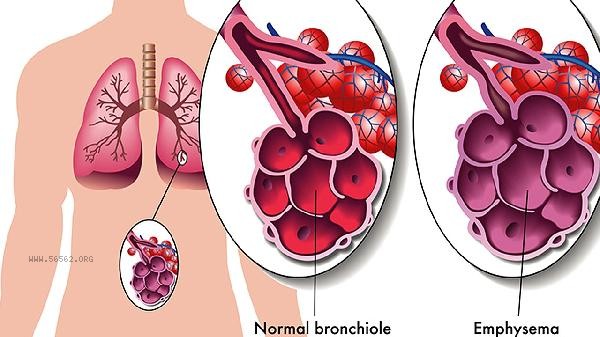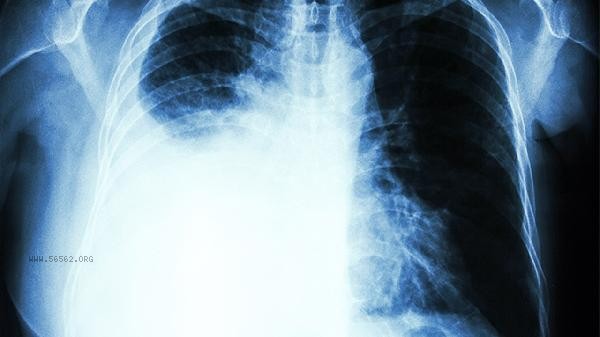The formula for calculating lung capacity is 27.63-0.112 x age x height cm for males and 21.78-0.101 x age x height cm for females. The standard value is approximately 3500-4000ml for adult males and 2500-3000ml for females. The actual value is influenced by factors such as age, gender, height, weight, and exercise habits.

1. Age factor:
Lung capacity shows a parabolic change with age, reaching its peak at 20-30 years old and gradually decreasing. Due to incomplete lung development, children have a lung capacity of approximately 50% of adults; Elderly people experience a decrease in alveolar elasticity of approximately 9% -27% every 10 years. The age coefficient in the calculation formula reflects this rule, and age correction tables are commonly used in clinical practice to assist in judgment.
2. Gender differences:
Male lung capacity is generally 20% -25% higher than that of females, due to physical differences and hormonal influences. Men have a larger chest and stronger respiratory muscles, with a gender coefficient difference of 5.85 in the formula. Pregnant women may temporarily reduce lung capacity by 10% -15% due to diaphragm lift, but it can be restored at 6 weeks postpartum.
3. Height correlation:

For every 1 centimeter increase in height, lung capacity increases by approximately 20-40ml. The formula uses multiplication to calculate that lung volume is proportional to the cube of height. Clinically, it has been found that individuals with a height of less than 150cm often have a measured value 5% lower than the calculated value, which may be related to limited development of the thoracic cavity.
4. Weight impact: Within the standard weight range, each kilogram of body weight corresponds to a lung capacity of 35-50ml. Obese individuals may experience a 20% -30% decrease in lung capacity due to chest wall fat accumulation and diaphragm movement. The calculation formula does not directly include weight parameters and needs to be evaluated comprehensively in conjunction with BMI index.
5. Exercise regulation:
Long term aerobic exercise can exceed the standard value by 15% -30%, and swimmers can have a lung capacity of over 5000ml. The calculated value of the formula is a static benchmark, and athletes need to use a special correction factor. Smokers' lung capacity decreases by 15-30ml per year and should be evaluated in conjunction with their smoking history. Regular deep breathing training and aerobic exercise can maintain lung function. It is recommended to practice abdominal breathing for 10 minutes every day and swim/jog at least 3 times a week. Avoid smoking and exposure to secondhand smoke, and workers working in dusty environments should take protective measures. Children and adolescents should strengthen chest expansion exercises, and elderly people over 65 years old are recommended to have their lung function tested every six months. Pay attention to supplementing antioxidant nutrients such as vitamin C and E in diet, and maintain a normal weight to promote lung health.









Comments (0)
Leave a Comment
No comments yet
Be the first to share your thoughts!